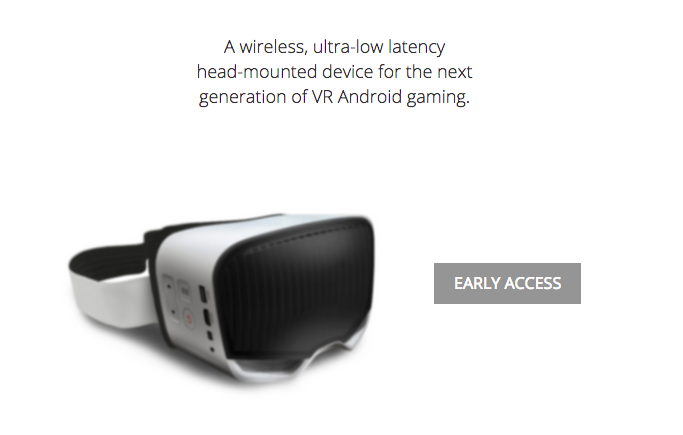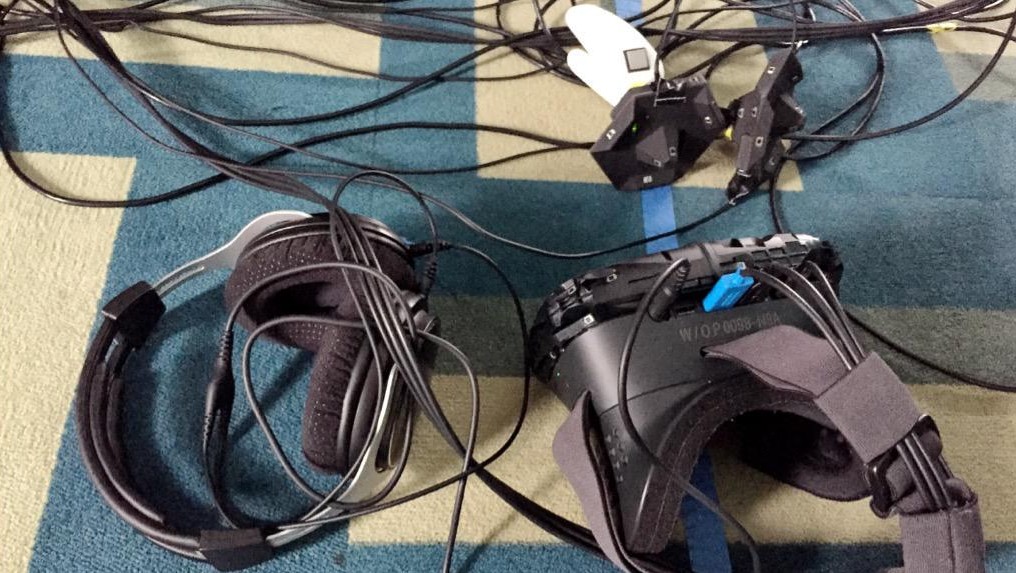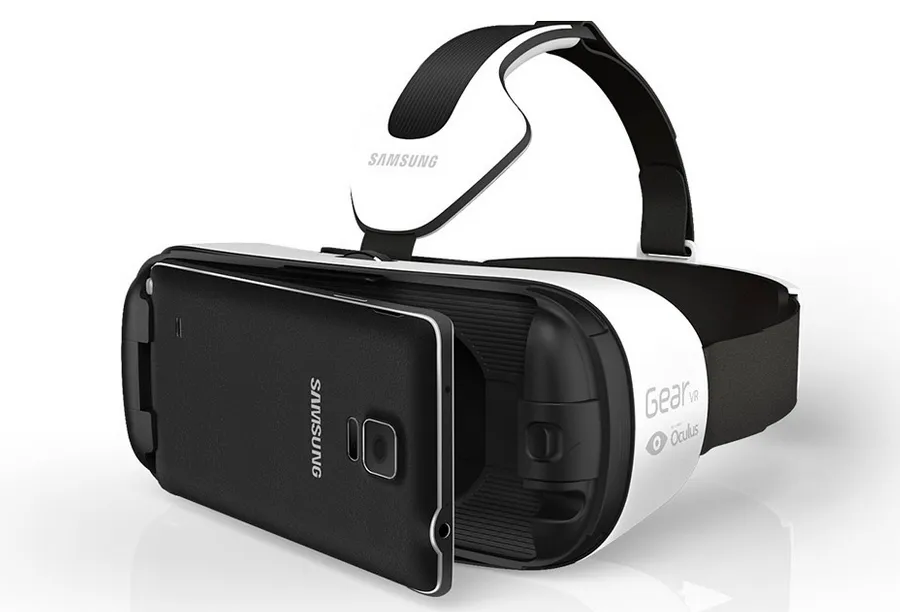Earlier this year Oculus made a move that could bruise Apple in the long run. It “paused” development of the Rift for Mac. Macs are built light and thin with sealed off batteries that last hours and hours, but Tim Cook’s team hasn’t left room inside for the kind of graphics processing needed to drive the Rift. That fact left Oculus with little reason to support the platform. While some have criticized Oculus for partnering with Microsoft for the Rift launch by including Xbox One controllers rather than VR-specific Oculus Touch ones, the relationship gets the Rift to market faster and might be the perfect match. If the Rift is compelling enough, it could drive adoption of PCs, Windows 10 and the Xbox One.
Now there’s some evidence Samsung might be helping Facebook and Oculus hurt Apple where it really counts: mobile. Samsung-focused site SamMobile is reporting Samsung is prepping an “O” line of mobile products. You know, “O” as in “Oculus”. That might seem like a bit of a stretch except that Samsung announced the Note 5 phone last week which would have been the logical consumer-ready Oculus-powered mobile VR device to follow the “Innovator Edition” that launched late last year with the Note 4. There was no mention of VR at the launch and Samsung’s CEO merely said in an interview that information about the Gear VR was coming “soon”. In case you are unfamiliar, the Gear VR is a $200 phone holder that straps onto your head. A Samsung phone clicks into the holder directly in front of your eyes and, when it does, the phone switches into a Google Cardboard-like mode that delivers a VR experience.
Then, a day after the announcement of the Note 5, Oculus CTO John Carmack tweeted “If you are considering buying a phone for VR, you might want to hold off until after Oculus Connect for relevant information” and “Lots of GearVR announcements coming” at the event, which runs from September 23 to 25 in Hollywood. Mobile has been Carmack’s focus at Oculus.

One theory for the absence of a Gear VR announced for the Note 5 is that the consumer version would actually be a standalone unit that doesn’t use a removable phone. This idea is in line with CEO Brendan Iribe’s ultimate vision for Oculus: to put everything that mixes different realities into a pair of glasses. This theoretical all-in-one VR device could lower its cost by losing the phone’s 4G hardware. It could also increase performance by tossing all software attachments to the previous touch-screen phone platform. It would give Oculus an entry point to launch a VR-specific operating system too. Oculus launched a development competition and spent the last year building up a library of software titles specifically tailored for mobile VR.
However, a phone tailored for VR by Oculus also makes a lot of sense too. Facebook has been trying for years to make a “Facebook phone”, most notably with the failed “Home” app which shipped in 2013 on the HTC First. The app re-skinned Android to be a Facebook-centric experience beginning at the lock screen. It was last updated in January 2014, a couple months before Facebook CEO Mark Zuckerberg bought Oculus. Since the failed attempt (the HTC phone was quickly discontinued), Facebook has been improving its Messenger app instead. Messenger can make calls, video chat, text message or send money. Facebook also launched an amazing time-lapse videography app, called Hyperlapse, that so far hasn’t launched on Android. Overall, Facebook has all the pieces now to make a compelling mobile phone experience on top of Android. Facebook, however, is hindered by people’s reluctance to trust Facebook itself. By co-opting Samsung’s popular Note and Galaxy product lines with the Google Play Store for phone apps and the Oculus store for VR apps, Facebook might have found an unbundled way to strengthen its path into mobile phones.
It’s also notable the new Note 5 doesn’t feature a removable battery, which was a nice feature for the Gear VR Innovator Edition on the Note 4. A person could have a spare ready so that their time playing in VR didn’t use up so much battery that the phone wasn’t usable as a phone afterward. Just announcing a variation of the Note 5 with a removable battery may convince a number of people to pick up an Oculus-branded version of a popular Samsung phone.
While the Rift is built to fulfill the promise of the Oculus Kickstarter project that originally kicked off the resurgence of VR three years ago, mobile VR and the Samsung-branded Gear VR are something different. The Rift is designed to be a great device for gamers that can redefine what it means to play. Mobile VR, however, fulfills the broader promise of VR as world-changing technology. It can easily go with you out into the real world instead of stuck inside your VR lair inside the house.

The Rift is a starting point for VR that requires an expensive PC that can be a pain to build. It is also tethered, which means the entire time you are experiencing a virtual world you are reminded by this cord that you are actually on Earth and connected by wire to your PC. The same issue plagues the competing Vive headset from HTC that is powered by Valve. You must clear out a dedicated space in your home for the setup and risk tripping or getting tangled if you want to do anything really crazy while in a virtual world.
That said, mobile VR thus far has been limited in several ways, too. Most notably by the number of frames that can flash before your eyes each second and the amount of movement tracking that can be accomplished. However, Facebook has been investing millions of dollars to hire computer vision experts that could help the company figure out how to increase the amount of tracking that can be accomplished in a wireless headset.
We will know soon enough what Facebook, Oculus and Samsung have planned.






























